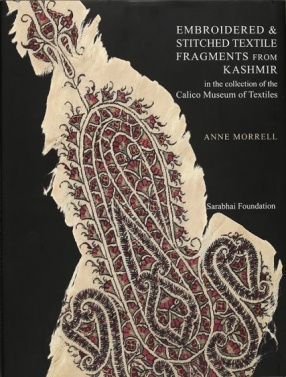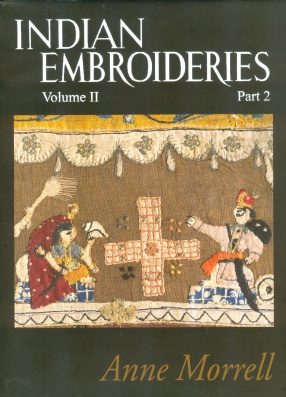
Showing all 3 books



Contents: I. Introduction. 1. The Calico Museum C – collection of stitched and embroidered textile fragments from Kashmir. 2. The Kashmir shawl as a product and the consequences of that for the development of production techniques. 3. Development of stitch and embroidery alongside weaving. Three examples showing: i. Fabric woven for the design to be completed in stitch. ii. Both sides of the fabric showing the same design but in different colours. iii. ...

From the introduction: Embroidery has been used, and still is, by different cultures around the world to decorate a range of textiles used in daily life and in ceremonies, as an expression of identity.
The Gujarat is no exception and is, in my opinion, the most wonderfully rich and exceptional place for embroidery.
Some patterns, for example the interlocking circles that have been used for hundreds, even thousands of years, can still be found today in printed ...

This second part is in continuations of our publication in the series of catalogues, Indian Embroideries Vol.II, Historic Textiles of India at the Calico Museum by John lrwin and Margaret Hall, published in 1973.
The pieces covered in this part are selected out of 179 pieces acquired after 1973.
Since its foundation in 1984, the Calico Museum at Ahmedabad has earned international recognition as one of the most important collection of Indian textiles in the world.
